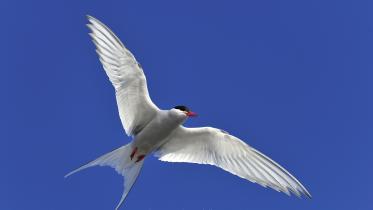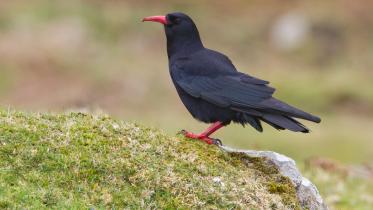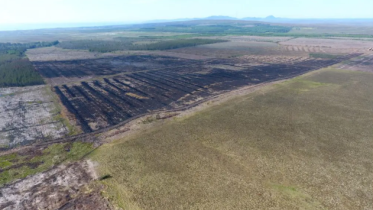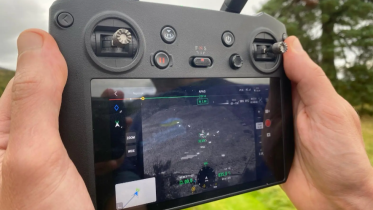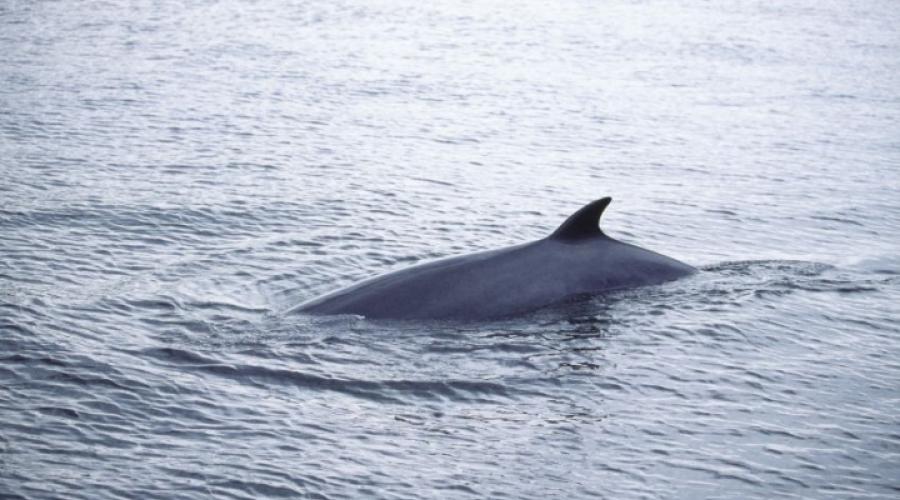
Rum NNR - Visiting the reserve
Visit Rum to experience one of Scotland’s most dramatic islands, within easy reach of the mainland.
Getting here
Travel to Rum is usually by boat from Mallaig, but smaller boats also offer services from other places:
• Calmac Ferry, Mallaig – the main ferry to the island
• Shearwater, Arisaig – Small Isles ferry and boat trips (summer)
• Bella Jane, Elgol – boat trips from Skye
• Aquaexplore, Elgol – wildlife sightseeing boat trips from Skye
By car
From Fort William take the A830 to Mallaig.
From Skye the Mallaig car ferry leaves from Armadale (30-minute crossing).
Cars are not permitted on the island but can be left in Mallaig. There is parking for CalMac passengers in West Bay Car Park, Mallaig.
By public transport
There are regular buses to Mallaig from Inverness, Fort William and Oban.
By rail, Mallaig lies at the end of the West Highland Line, departing from Fort William. Or take a trip back in time on the Jacobite Steam Train during the summer.
Map
CalMac ferry from Mallaig (Tel: 01687 310240 or visit www.calmac.co.uk). Sheerwater Cruises of Arisaig regularly visit the island (Tel: 01687 450224 or visit www.arisaig.co.uk) as well as other charter hire companies from other destinations.
For visitors
Visit Rum is a good introduction to the reserve.
Toilets
There are two public toilets at the village campsite – a 10-minute walk from the ferry terminal.
The village hall also has toilets – a 25-minute walk from the ferry terminal.
Wildlife hide
The otter hide is a short walk (1.5 kilometres) through the woods to the south of the main pier.
Trails for all
The Isle of Rum is a paradise for hillwalkers and mountaineers alike. Whether you’re here for a few hours or a few days, there are walks to suit all abilities. Find information on walks and other activities on the island.
Seasonal interest
Rum is open all year, and there’s always something to see. The geology and spectacular scenery can be enjoyed all year round. Spring to autumn are best for wildlife.
Spring
Spring sees the return of summer breeding birds, with over 90 species recorded nesting from the cliffs to the mountain tops. Golden eagles and white-tailed eagles start to set out their territories. Twite, skylark and golden plover nest alongside the UKs smallest bird of prey, the merlin. The vegetation on the island springs into life, and from a distance the island transforms to vivid green.
Summer
Red deer are now resplendent in their summer coats and the lochs echo to the haunting cries of the red-throated divers. Vast rafts of Manx shearwater gather offshore. You can hear their strange squeaky calls as they return to the island at dusk. Over 2,000 species of invertebrate have been recorded on Rum, including 19 species of butterfly and 11 species of dragonfly.
Autumn
Colours change from the deep green of summer to the golden brown of autumn as heather and grasses die back. This is also the time of the red deer rut, with the roar of stags resounding across the island as they battle for their harems of hinds.
Winter
The quiet of winter is a time for taking stock between the battering of wild winter storms. The deer are very visible in the bleak landscape. Wild goats with kids can be seen on the west side of the island. The low sun casts beautiful light on the dramatic mountains and lochs.
Find out more on
Related Links
- Designation and management of Scotland’s National Nature Reserves
- Learn more about other protected areas
